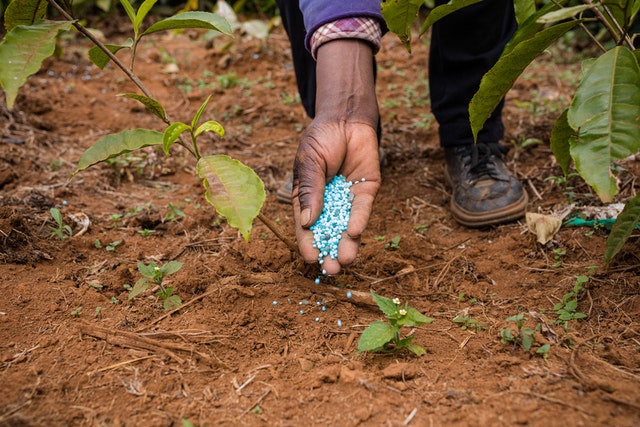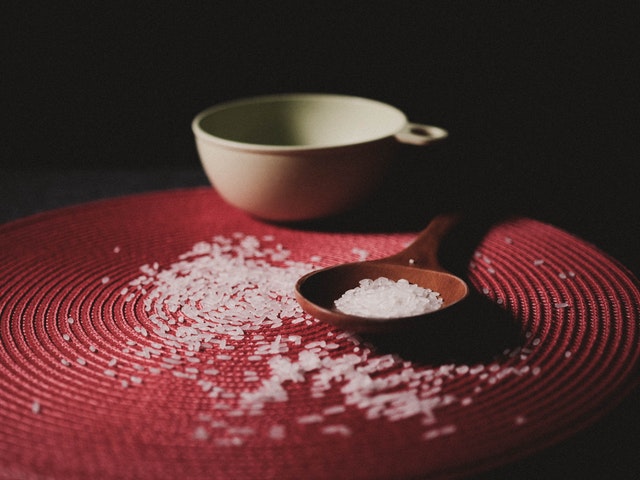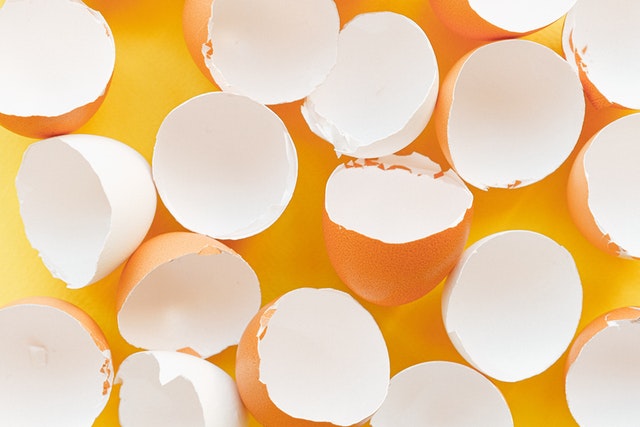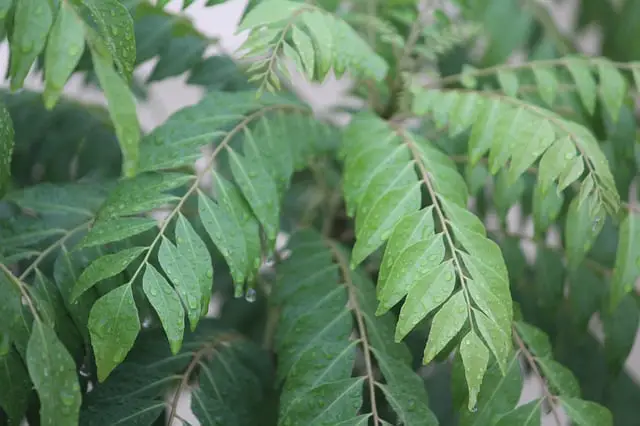It is not difficult to grow curry leaves at home and take care of them. With the ability to be grown indoors, planting curry leaf plants is increasingly appealing to many. It saves you a market trip and is also a productive way to put your green thumb to work
Curry leaves are an Indian delicacy. Murraya Koenigii, its botanical name, has been renamed to Bergera Koenigii. But many people ask what is a good fertilizer for curry leaf plant. It’s relatively easy to care for plants but requires frequent fertilizer feeding. So, what’s the ideal fertilizer for curry leaf plant to ensure your crop grows optimally?
Continue reading to learn more about curry leaf fertilizer.
Fertilizer for Curry Leaf Plant

Curry leaf plants are grown in tropical, subtropical, mediterranean, and temperate climates. They have compound leaves and can grow up to 6 meters tall. Curry leaf trees generally grow 4–6 m in height with trunks up to 40 cm in diameter.
Its glossy, aromatic, and beautiful pinnate leaves have 11–21 leaflets and are elongated and pinnate. There are white fragrant flowers on a curry leaf plant. Sri Lankans and Indians use curry leaves to add a distinctive aroma and flavor to various dishes (Sambhar, Upma, etc.).
Regular application of fertilizers with higher nitrogen values is beneficial to curry leaf plants. After feeding with Blood Meal one time in the spring, apply Seaweed or Fish fertilizer monthly. To the Curry Leaf plant, you can also apply homemade fertilizers once a week, such as buttermilk, rice water, asafoetida, and eggshells.
It isn’t necessary to use much fertilizer when growing Curry Leaf Plants in the ground. The soil provides most of the nutrients they need. The soil in a container loses nutrients and minerals due to regular watering. To make curry leaf plants healthier, bushier, and grow faster, you should fertilize them frequently.
Buttermilk
What are the benefits of buttermilk for curry leaf plants? There are many reasons why buttermilk is an excellent homemade fertilizer for curry leaves. First, buttermilk contains a lot of nitrogen, vital for curry leaf plants.
By acidifying the soil, buttermilk promotes curry leaf growth. Buttermilk also contains probiotic bacteria, which increases the soil’s microbe level and helps the curry leaf plant fight fungal infections such as black spots and powdery mildew.
Here’s how to apply:
- Before adding buttermilk to the soil, let it dry out a little.
- Add two tablespoons of sour yogurt or curd to a gallon of water.
- Curry leaf plants should be covered with the mixture at the base.
- Once a week, apply.
Rice Water

For many years, gardeners in India have routinely provided washed rice liquid to curry leaf plants. In unpolished rice, vitamin B is thought to induce new root growth. Many people would not hesitate to check this out for themselves to discover if it is genuine or not!
Here’s how to apply:
- When washing rice for cooking, be sure to save water.
- The curry leaf plant should be watered from the base.
- Instead of watering, rice can be watered with rice water.
Asafoetida
Curry leaf plants grow new top shoots, and baby leaves when Asafoetida (AKA ‘Hing’) is used. Unfortunately, many gardeners use Asafoetida to grow curry leaf plants despite no scientific evidence supporting this belief. Combine buttermilk with Asafoetida for best results.
Here’s how to apply:
- As described above, prepare the buttermilk mixture.
- The mixture should contain 14 teaspoons of powdered Asafoetida.
- Stir well.
- Curry leaf plants should be sprayed with the mixture at the base.
Eggshells

Calcium is an important nutrient for the plant’s growth, found in crushed eggshells. In addition to promoting vigorous growth, calcium promotes green foliage and a strong root system. The best homemade fertilizer for curry leaf plants is eggshells, no wonder!
Here’s how to apply:
- In a Ziploc bag, save two to three eggshells.
- The eggshells need to be crushed. The crushed eggshells should be sprinkled over the soil.
- Ensure not to damage the roots when mixing the top 1″ to 2″ of soil.
- Apply every two to three weeks.
Summary
Now you know about fertilizer for the curry leaf plant. Curry leaf plants come from India, cultivated for their aromatic foliage. Curry leaf is used in many traditional dishes in Indian cuisine. More specifically, it is a shrub or small tree not exceeding 20 feet in height.
The tree’s pretty leaves and flowers, along with its striking blue-black berries, make it a popular ornamental tree. This article aims to describe how to use curry leaf plant fertilizer, what types are most suitable, and how and when to apply them.
Go to another post: How to Keep Moss Pole Moist
Frequently Asked Questions
What is wrong with my curry leaf plant?
Your curry plant might not be getting enough nutrients if it stops growing. It is important to feed your curry leaf plants once in a while, even though curry leaf plants need little fertilizer. Iron deficiency slows down the growth of Curry leaf plants, which normally lack it.
What is the best way to make my curry leaves bushy?
To grow curry leaves bushy, pruning is needed, encouraging multiple branches and more leaves. To ensure adequate nutrition, the curry leaves plant needs to be fertilized (with liquid fertilizer) every third to the fourth week. The plant should be planted on the ground rather than in a pot.
Is there a way to encourage leaf growth?
Plants indoors can be fertilized with 5-10-5 or 7-7-7 fertilizers. You should give nitrogen-rich fertilizer to the plant to encourage leaf growth. To one gallon of water, add one teaspoon of fertilizer. Apply the fertilizer once a month to your plants.

Hey, I’m Lisa and I’ve been an avid gardener for over 30 years. I love writing, talking and living in the garden! Feel free to connect with me on my socials below

